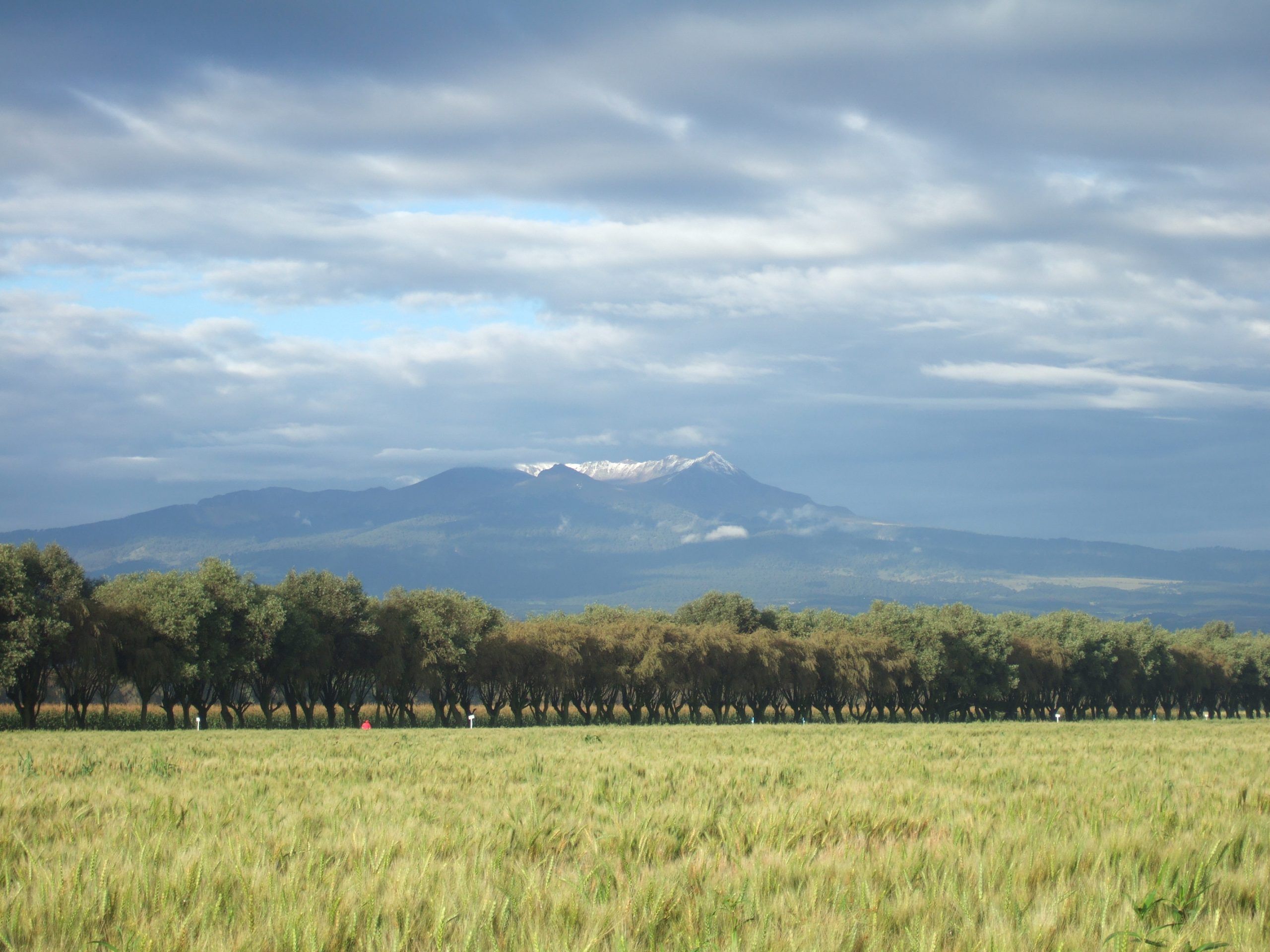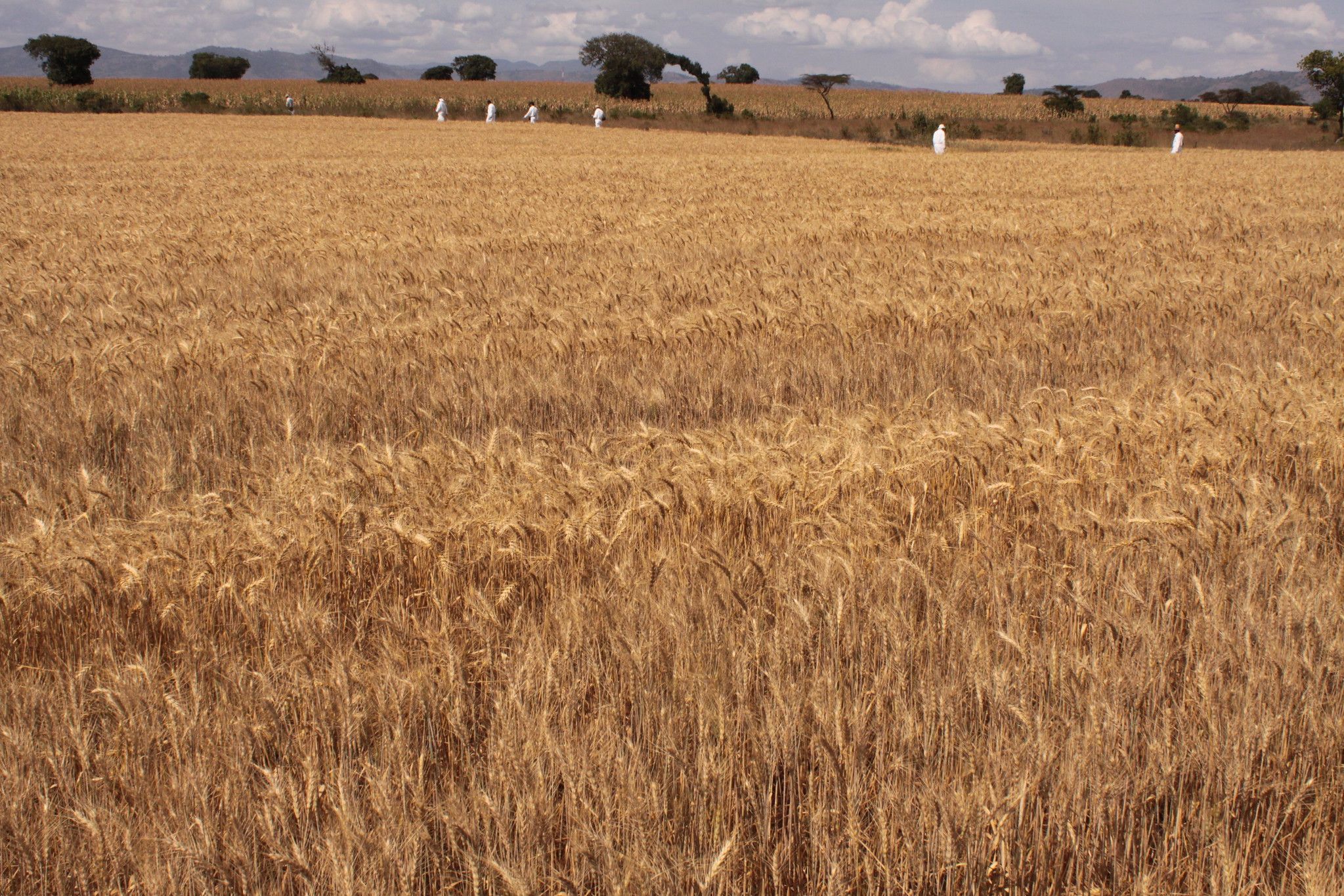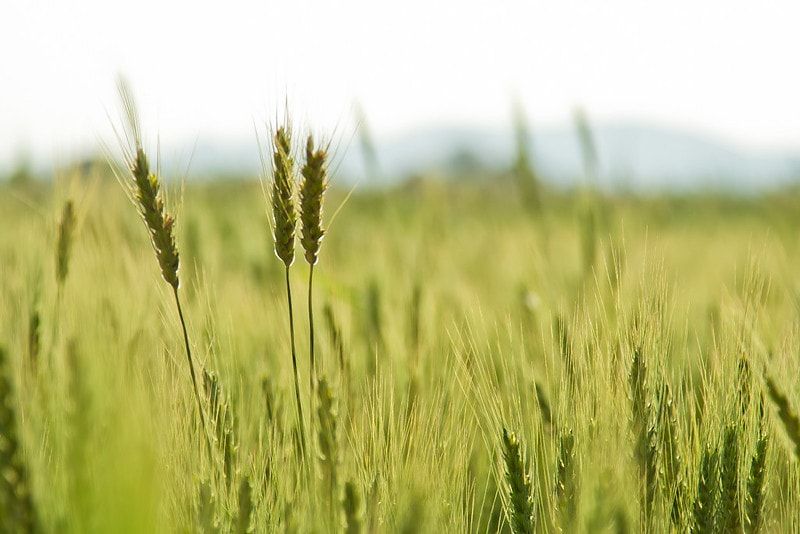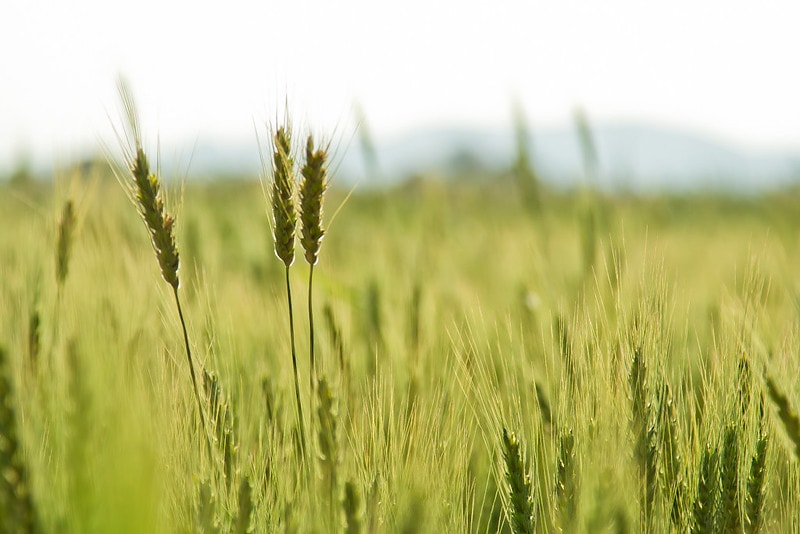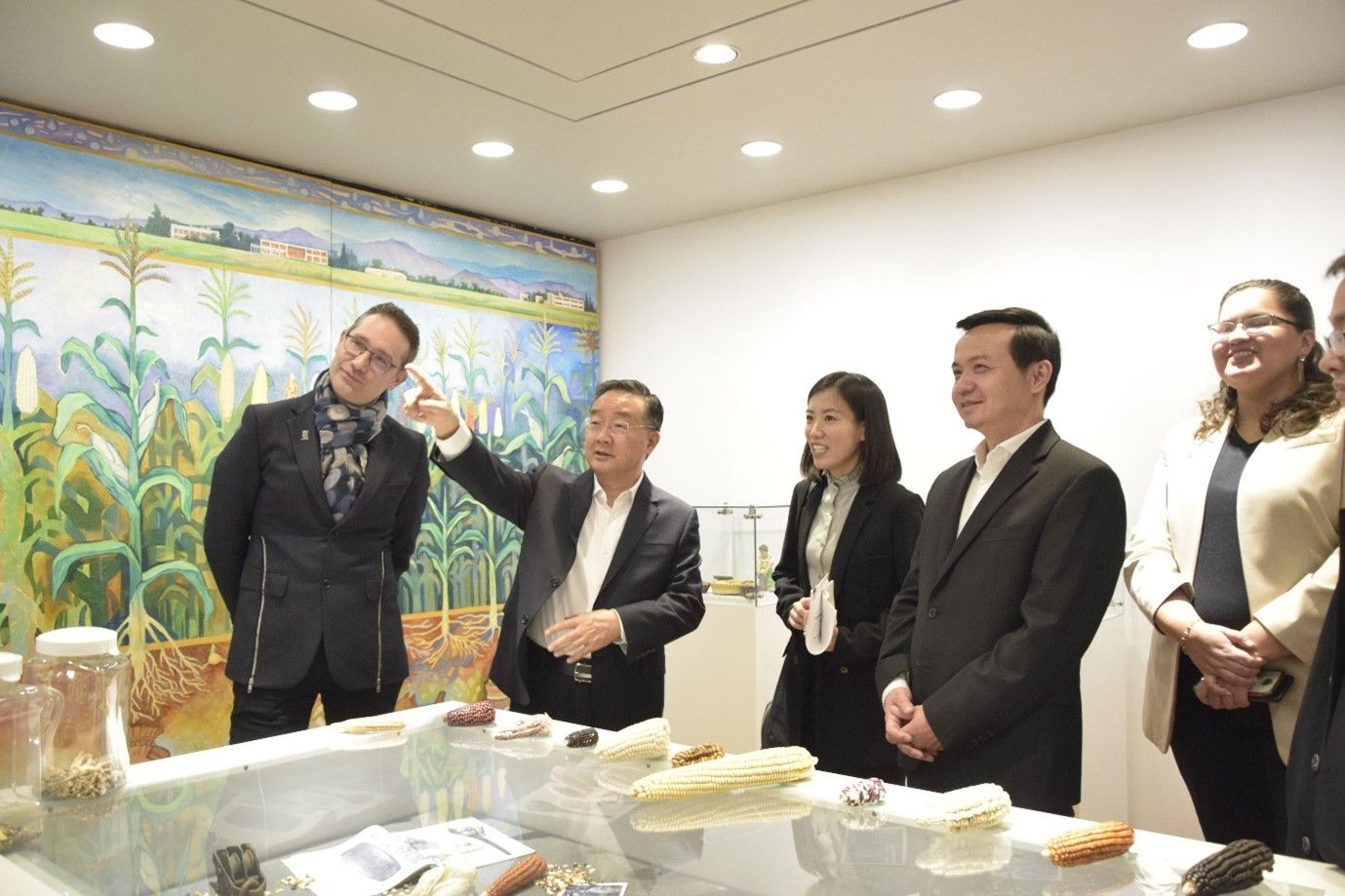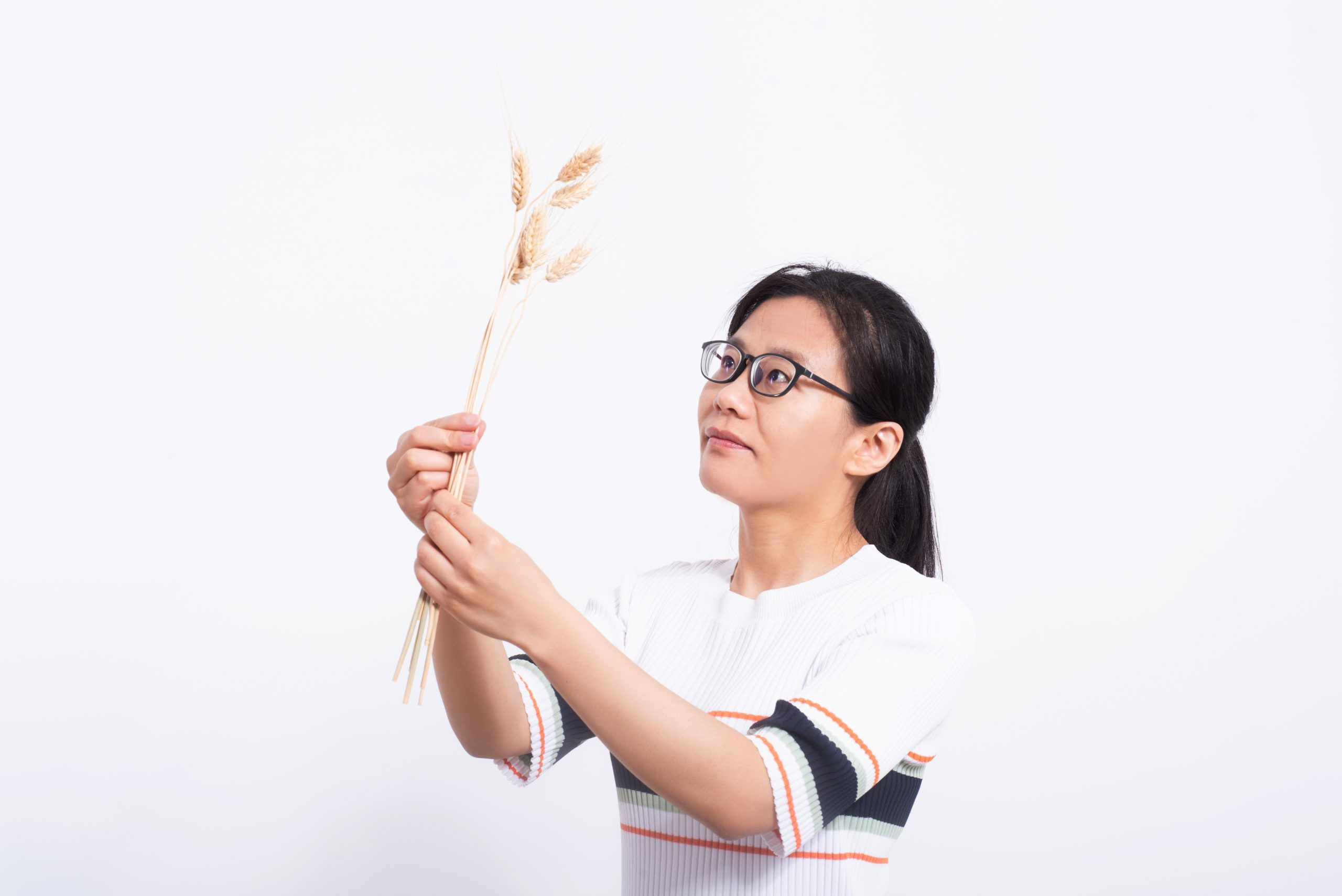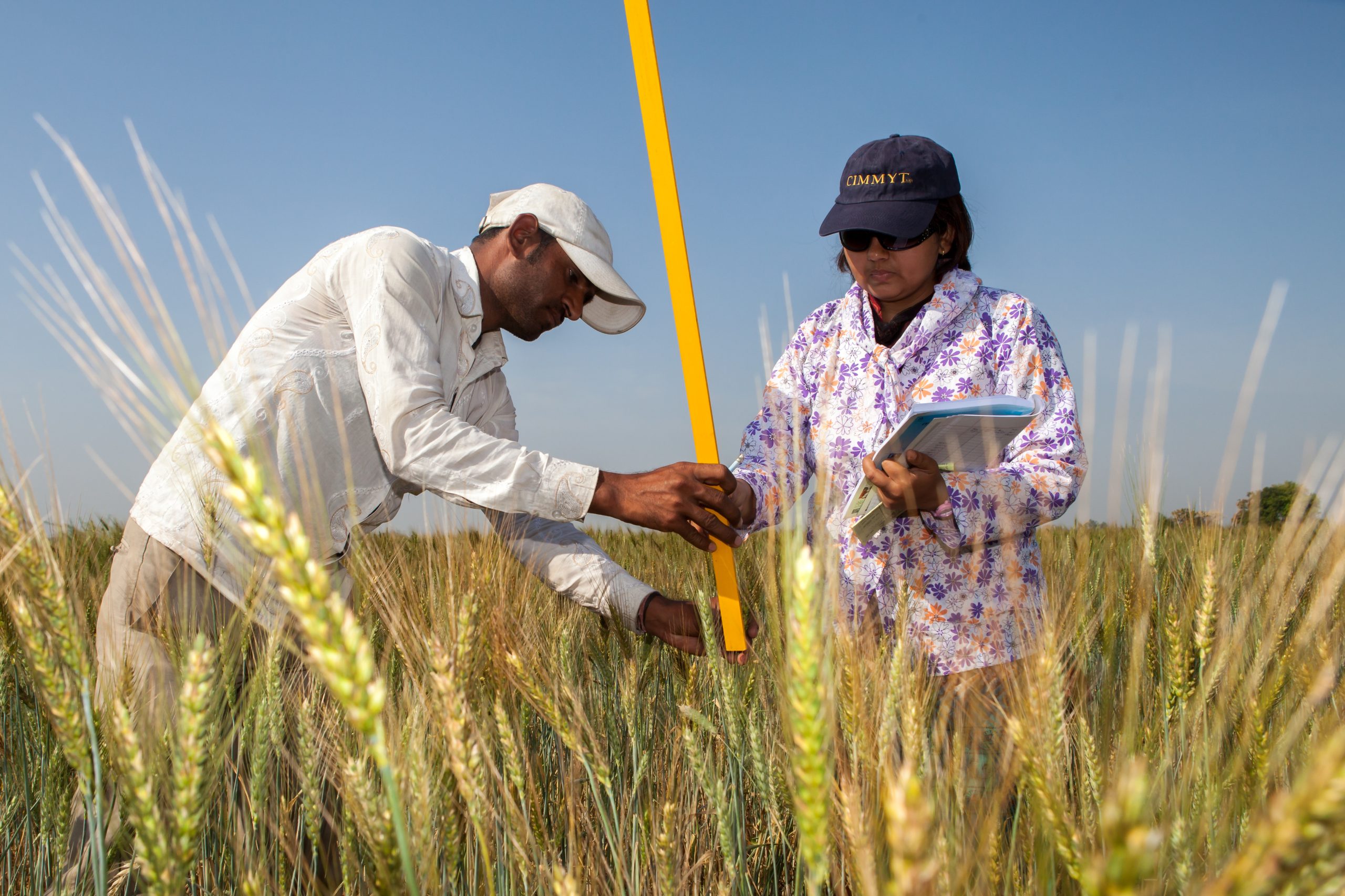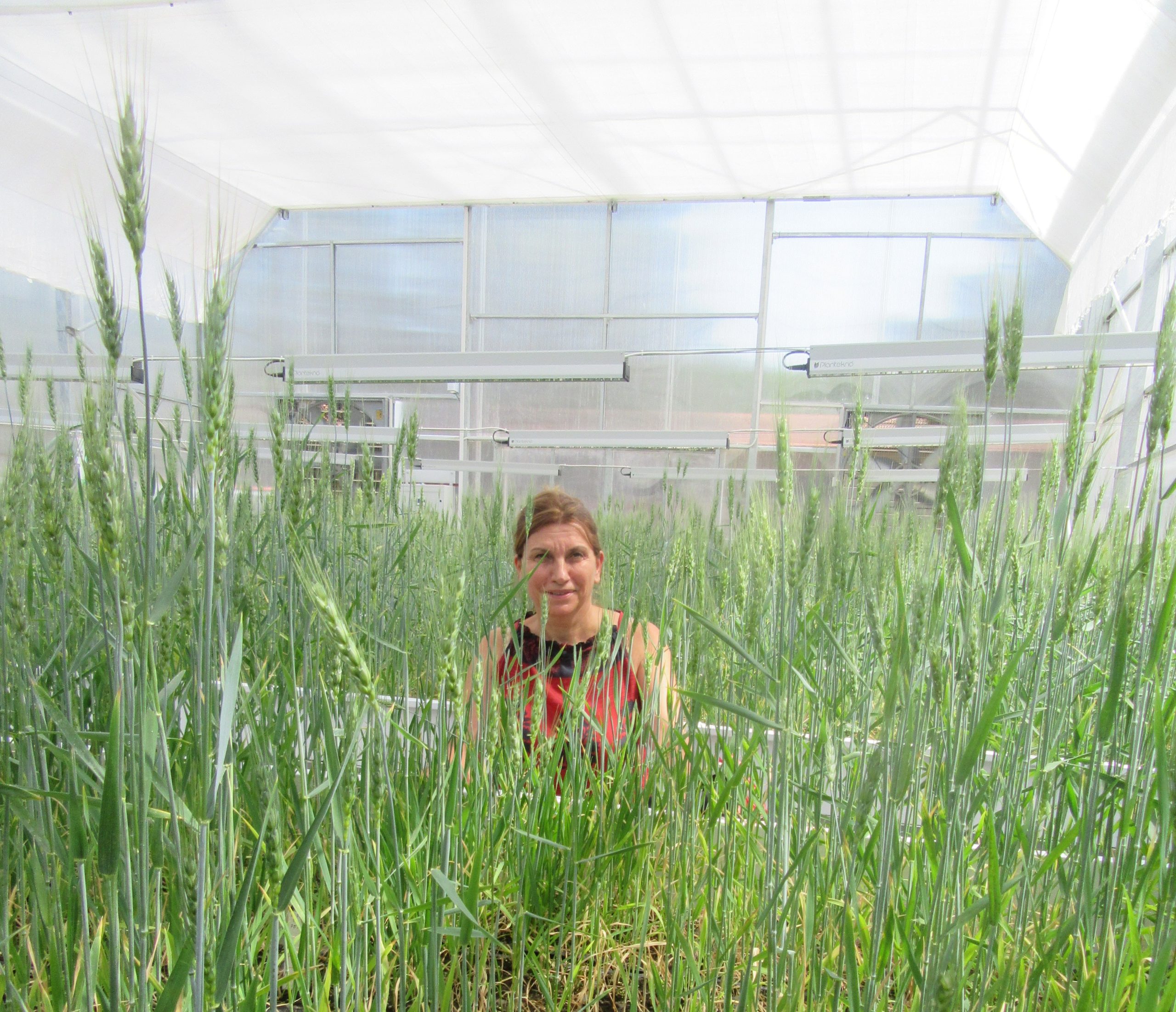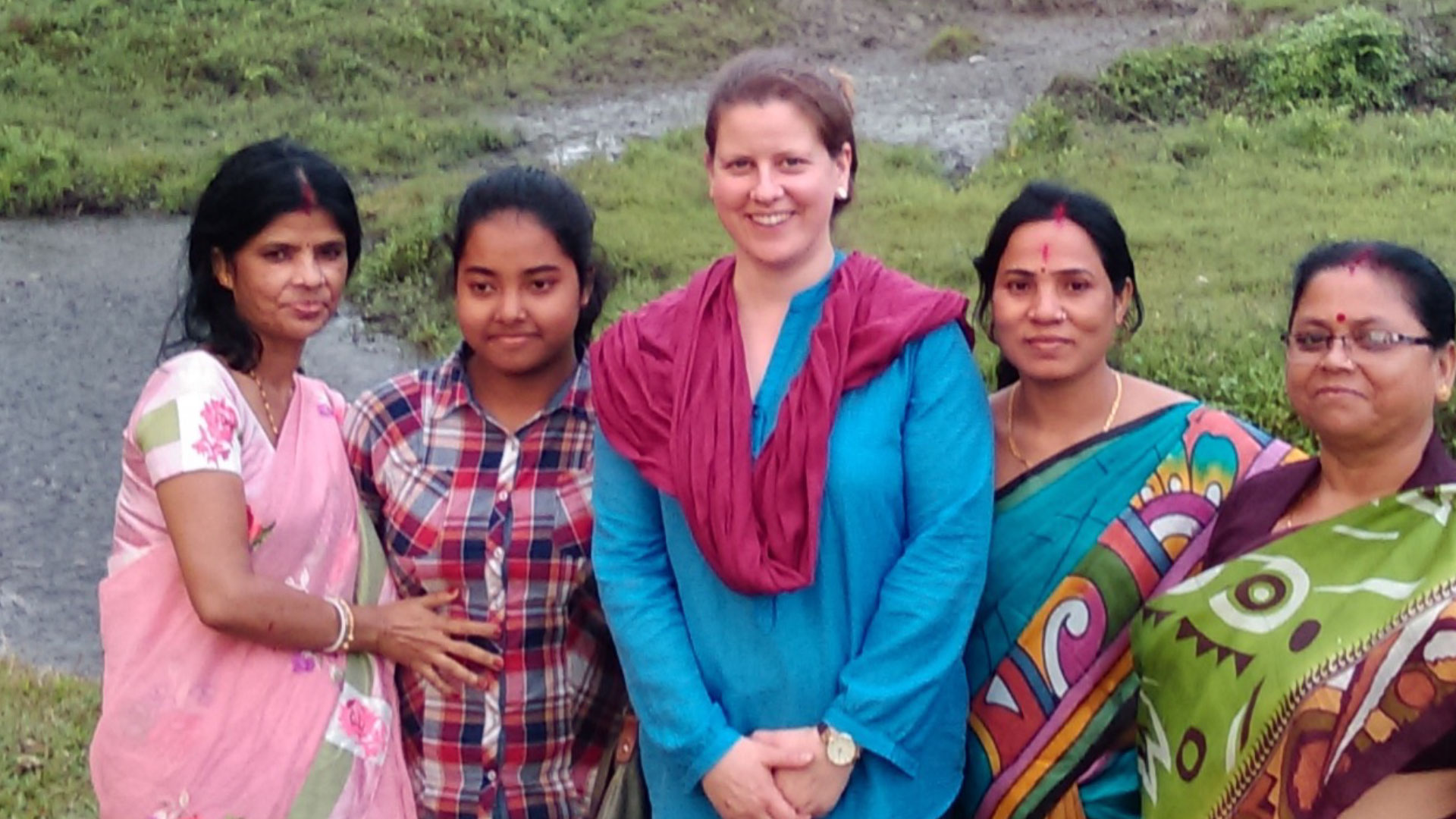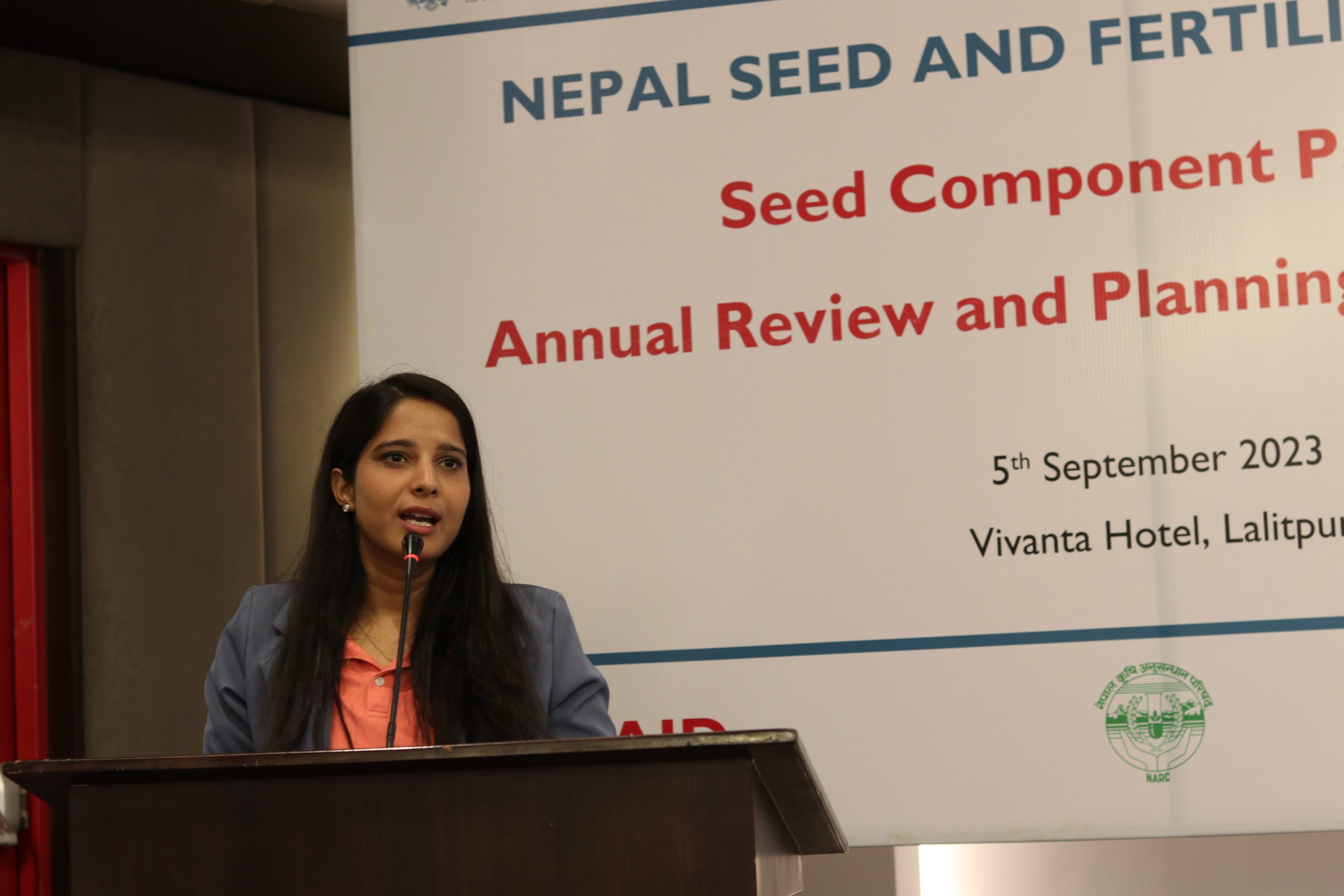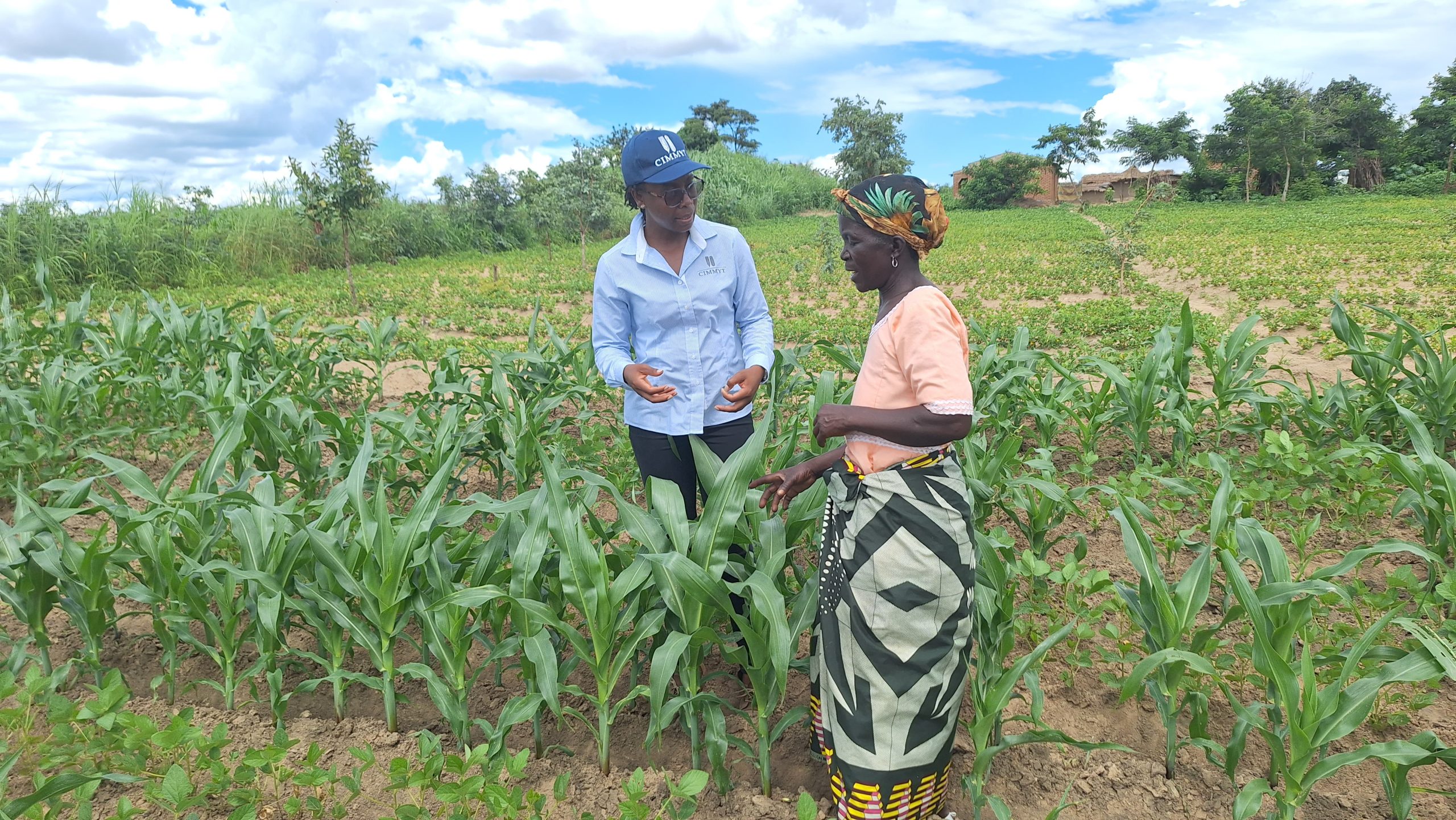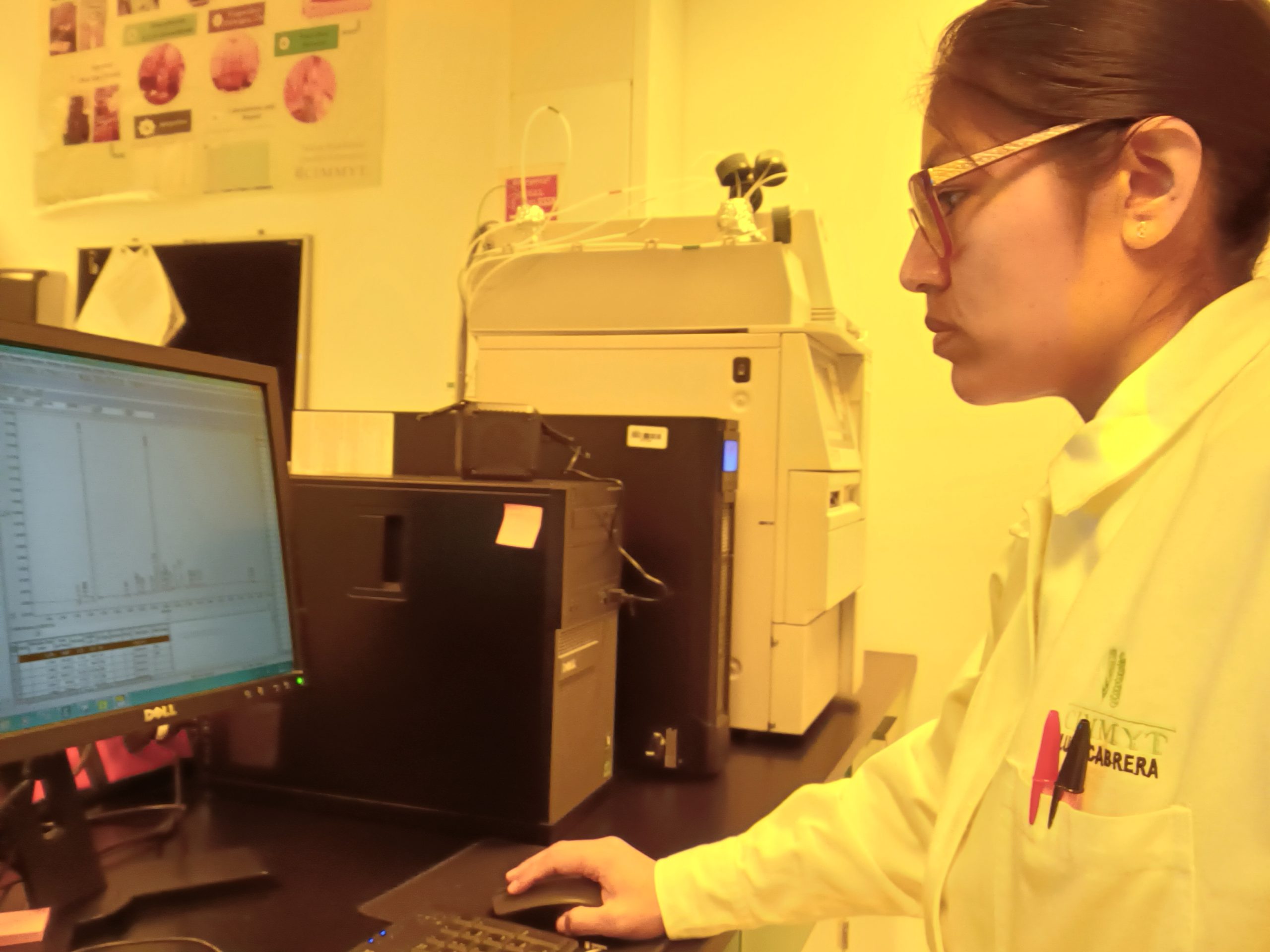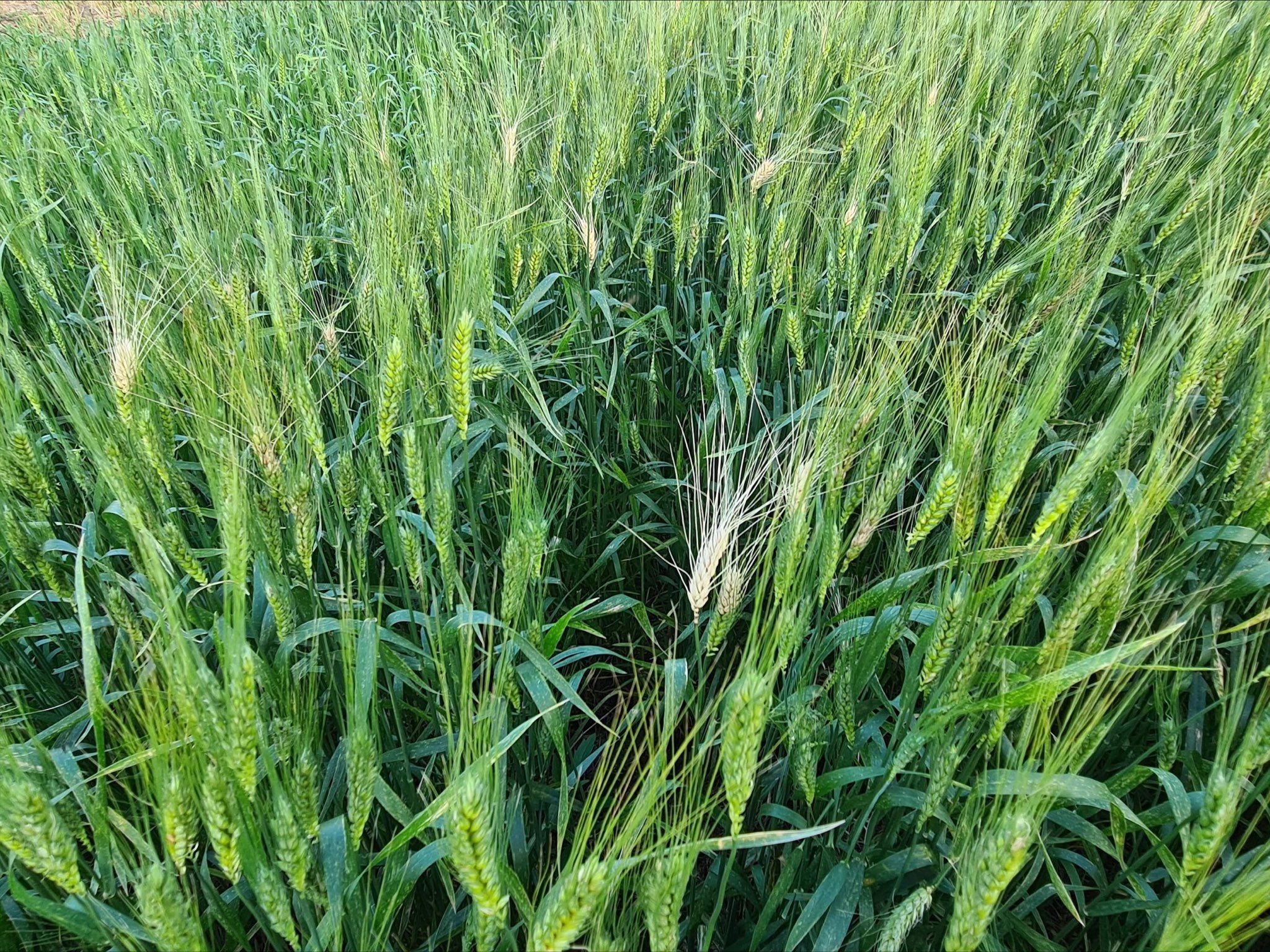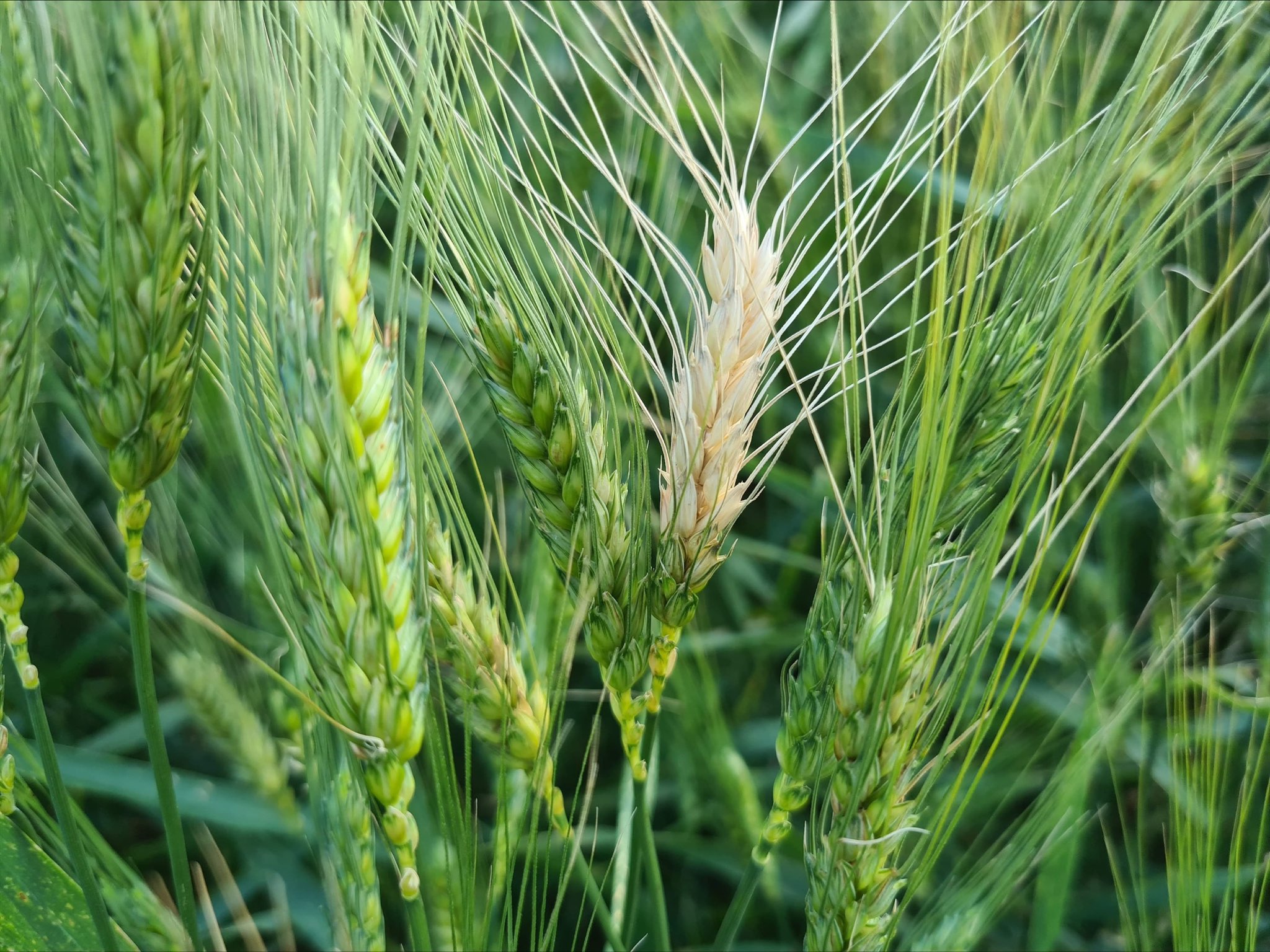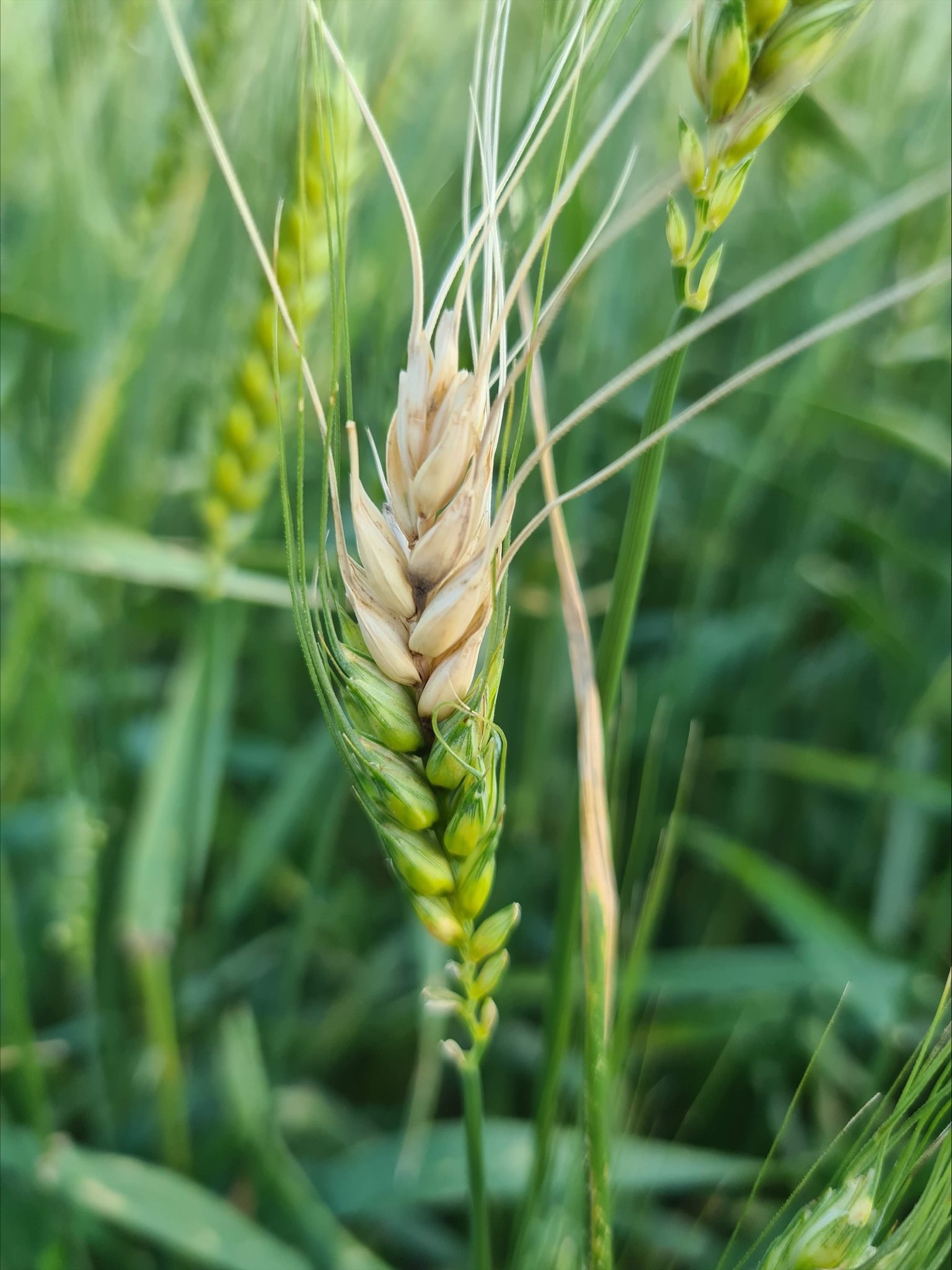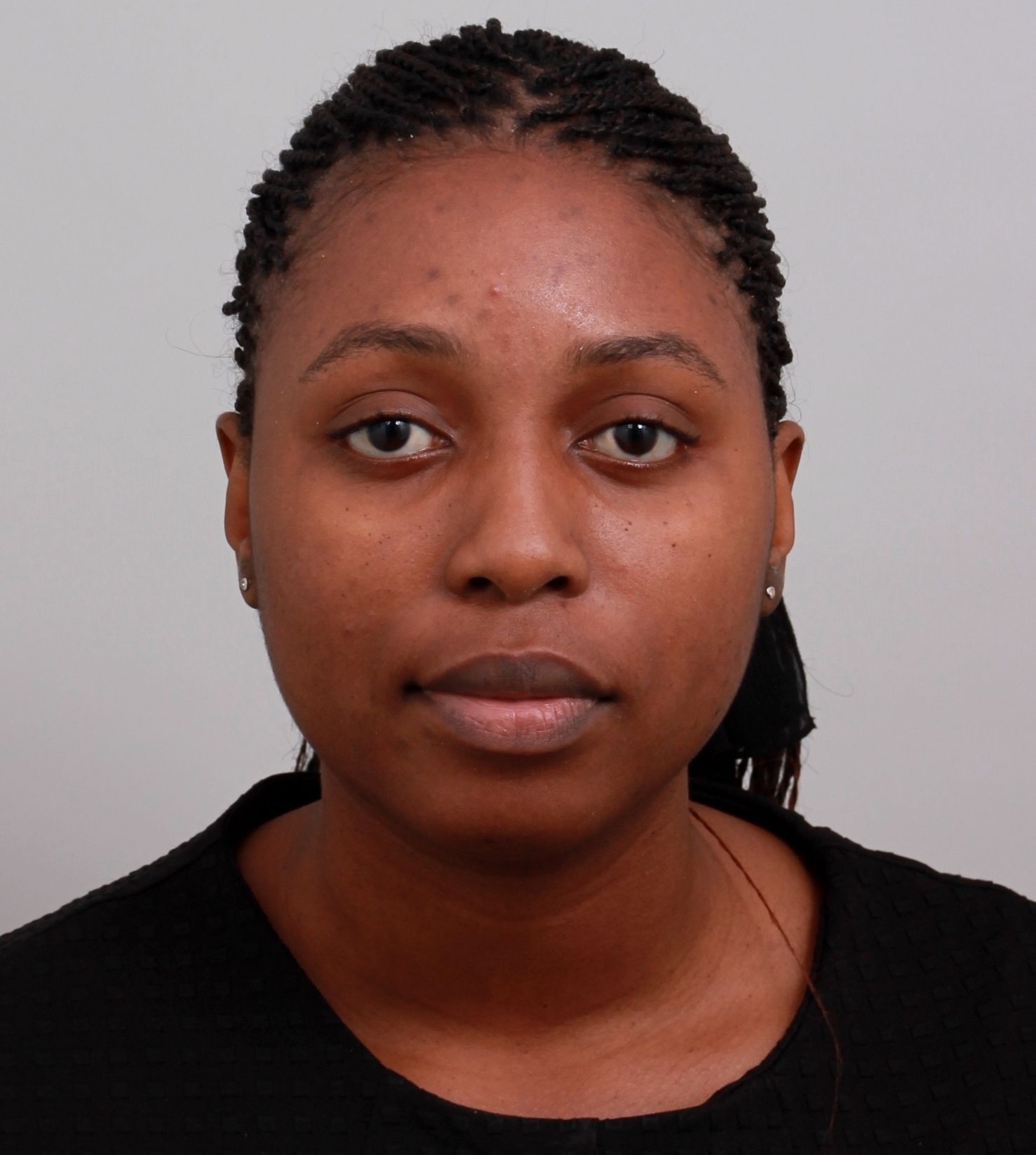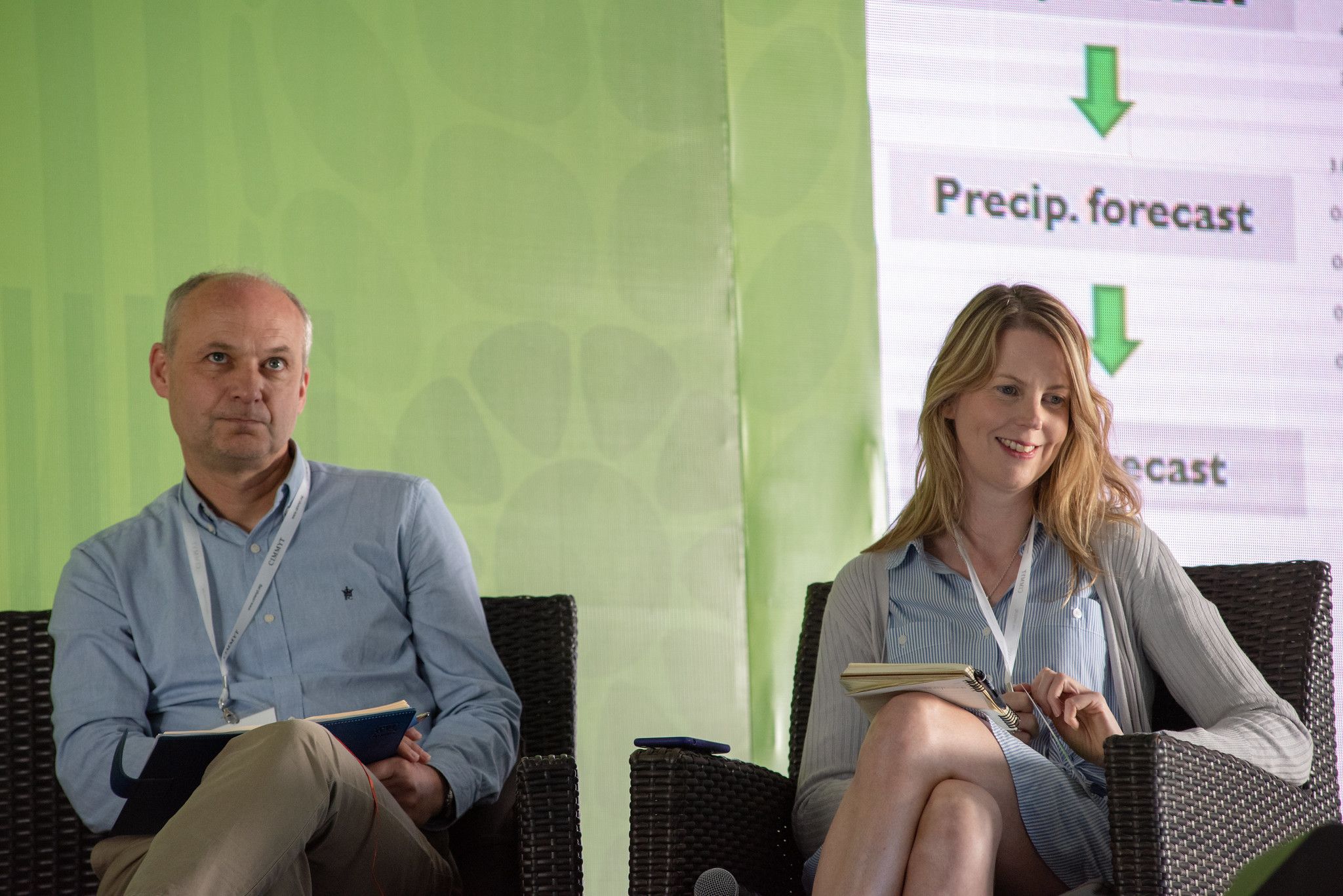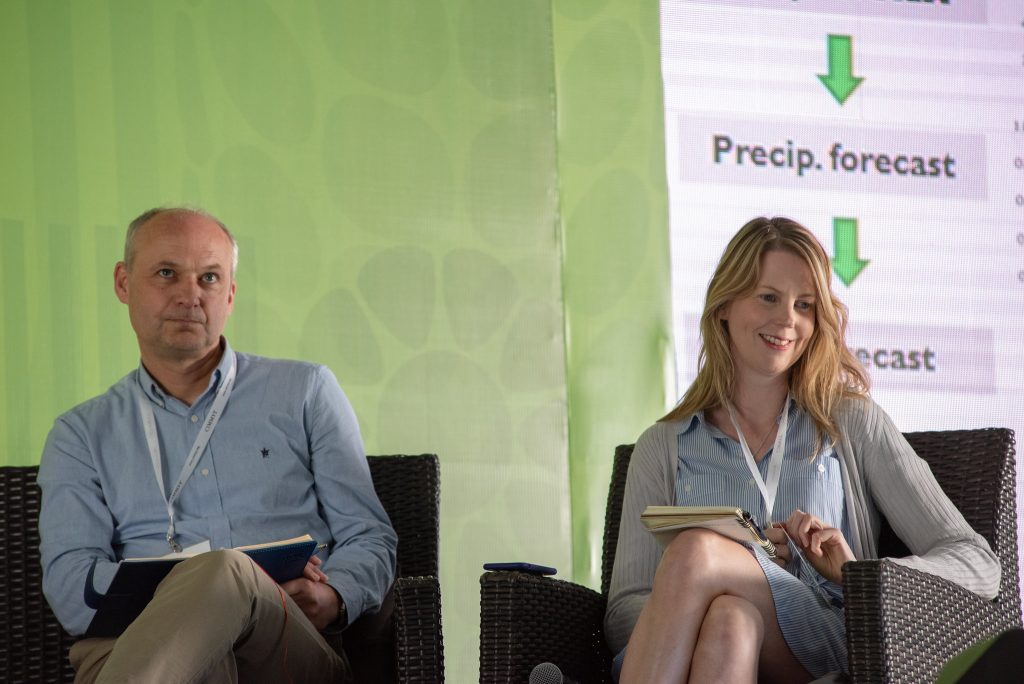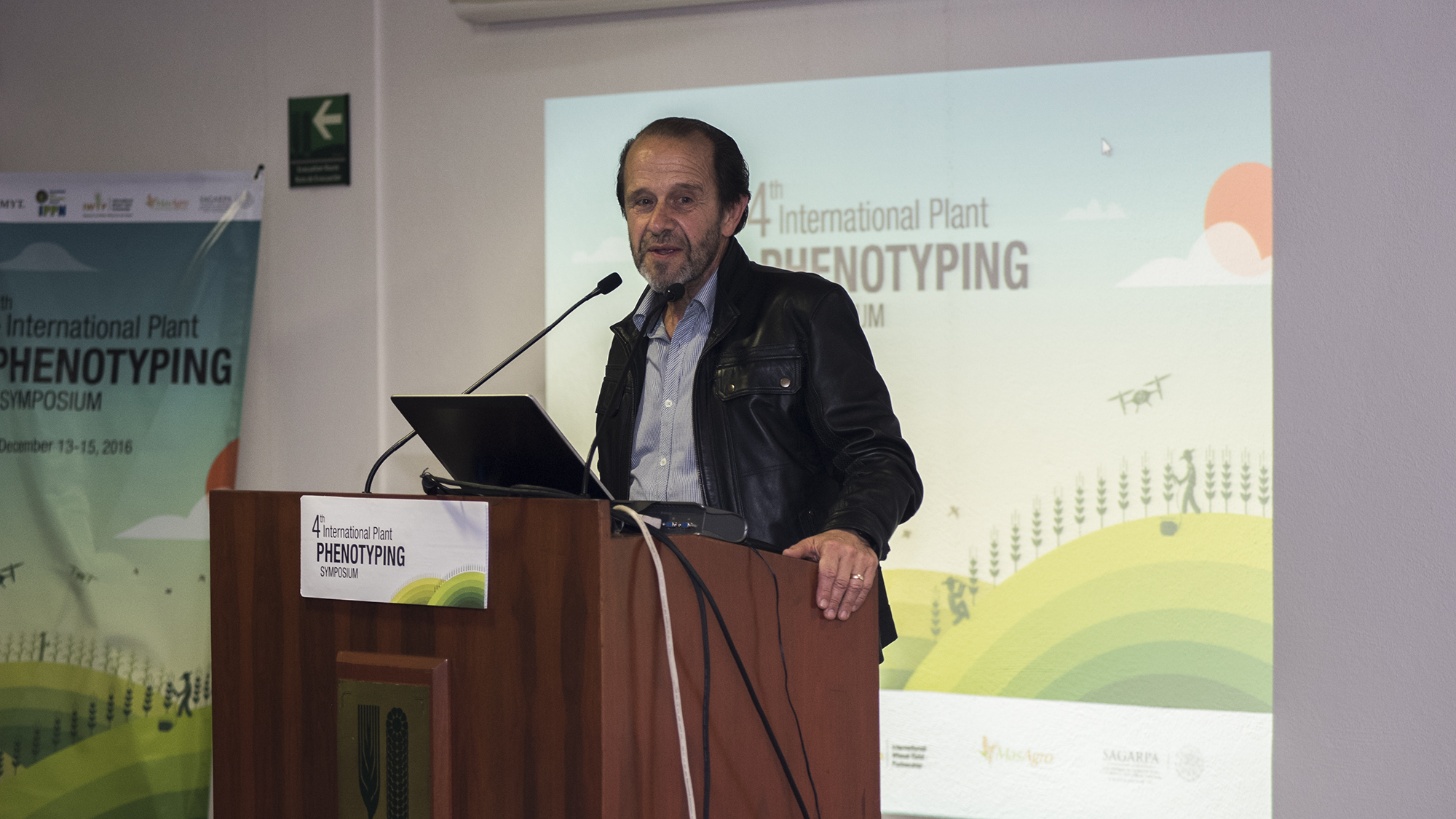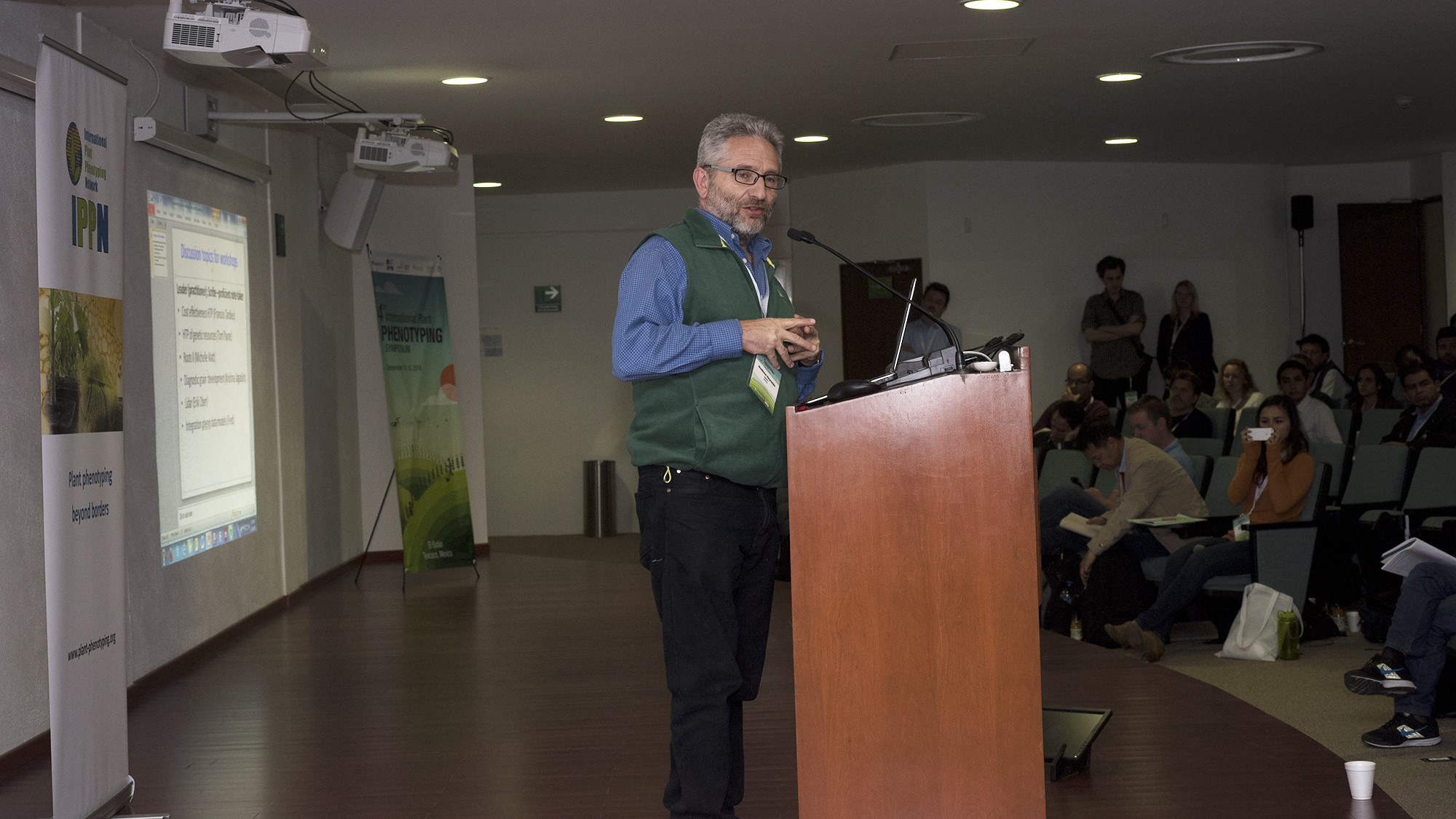Maria Itria Ibba presents award for research into improving nutrition in staple foods
Maria Itria Ibba, a scientist at CIMMYT, was among the presenters of the newly established Marie Clark Taylor CGF (Coalition for Grain Fiber) Fellowship. Katherine Frels presented the award to Delaware State University student Lauren A. Waller on 21 February at the Coalition for Grain Fiber workshop in Kansas City, KS. The fellowship is named after Marie Clark Taylor, an educator, plant breeder, and former dean at Howard University. It honors a minority student dedicated to applying plant science and/or food science for the benefit of all socioeconomic groups.
Lauren Waller, an undergraduate studying plant science, presented her research at the CGF workshop, Opportunities and Risks: Wheat Milling, Baking Supply Chain and the Coalition for Grain Fiber. The event’s theme was “creating the roadmap to growing more fiber – using commercial wheats to improve diets.”

“In the U.S., where dietary fiber is critical for cardiometabolic health, over 90% of women and 97% of men fall short of recommendations,” said Ibba. “Leveraging natural variation in wheat’s major fiber components offers a promising solution without disrupting current habits. By addressing these issues, we can bridge health gaps, recognizing the link between socioeconomic status and chronic conditions.”
The Coalition for Grain Fiber seeks to improve the nutrition in staple foods without negatively impacting their taste, feel, or consumer price. It is dedicated simultaneously to establishing profit incentives for farmers and other food suppliers that deliver foods with increased nutrients. “The efforts of the Coalition for Grain Fiber are pivotal in weaving a healthier future for all, breaking the chains of disease in under-served communities around the world.” The program builds research ties that allow students at HBCUs and minority-serving institutions to develop a network of mentors and collaborators at land grant- and R1 universities around the U.S.
Ibba joined Rod Wallace of the Foundation for Innovation in Healthy Food (FIHF) and Dr. Katherine Frels of the University of Nebraska-Lincoln in presenting the award.
About the Coalition for Grain Fiber
The coalition is enrolling grain fiber in the fight against chronic disease. By improving the nutritional content of white and whole wheat flour, it seeks to save thousands of lives and dramatically reduce healthcare costs.
About the Foundation for Innovation in Healthy Food
FIHF builds coalitions of stakeholders that support increasing the nutritional value of the foods we consume, while preserving consumers’ food experiences.
About CIMMYT
CIMMYT is a cutting edge, non-profit, international organization dedicated to solving tomorrow’s problems today. It is entrusted with fostering improved quantity, quality, and dependability of production systems and basic cereals such as maize, wheat, triticale, sorghum, millets, and associated crops through applied agricultural science, particularly in the Global South, through building strong partnerships. This combination enhances the livelihood trajectories and resilience of millions of resource-poor farmers, while working towards a more productive, inclusive, and resilient agrifood system within planetary boundaries.
CIMMYT is a core CGIAR Research Center, a global research partnership for a food-secure future, dedicated to reducing poverty, enhancing food and nutrition security and improving natural resources.

